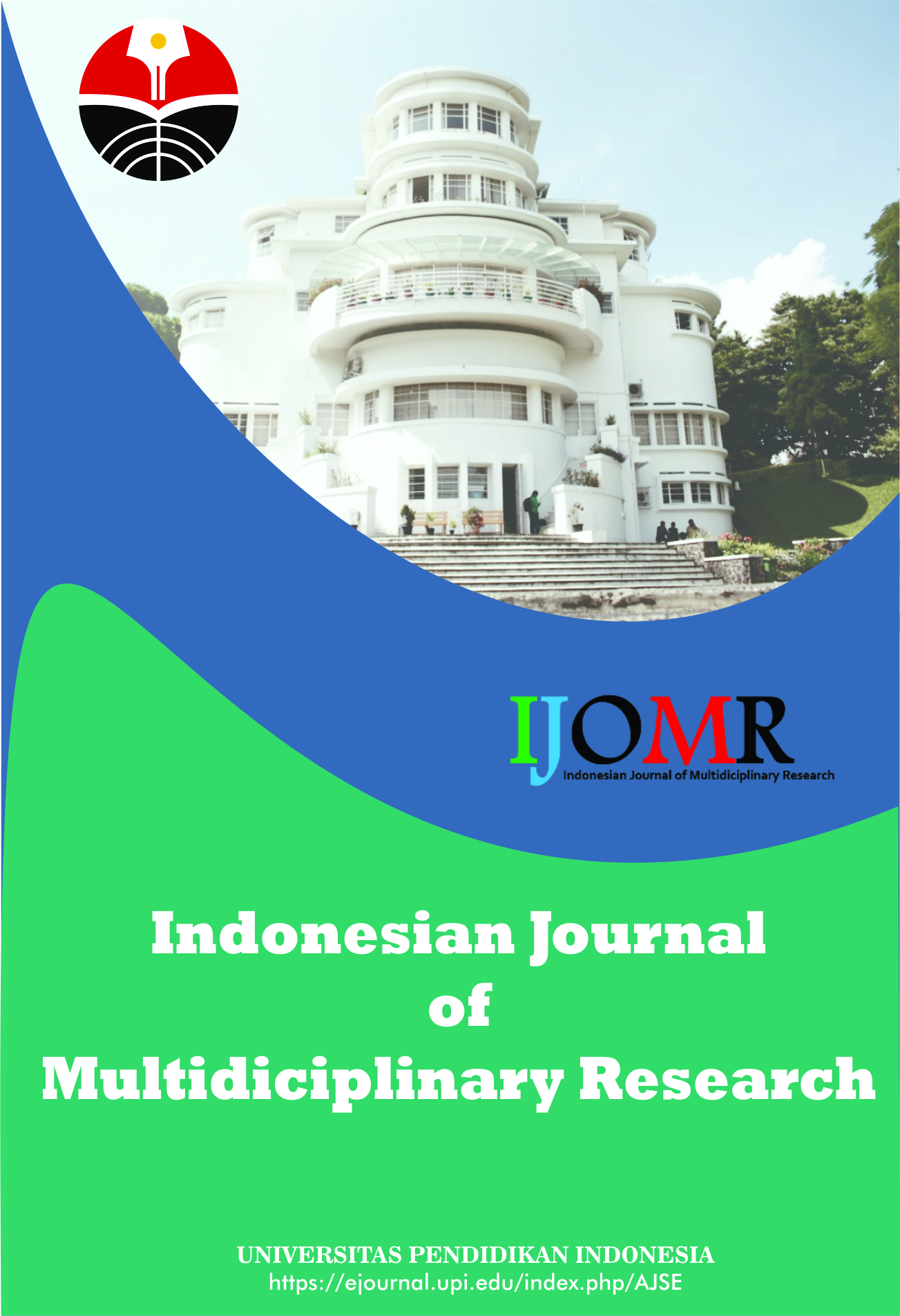Effect of Multimedia Instructional Approach on English Writing Performance of Pre-Service Technical Teachers in South-Western Nigeria
Abstract
Keywords
Full Text:
PDFReferences
Adebileje, A., and Akinola, A. (2020). Teaching and learning English as a second language in Nigeria: Examining evolving approaches and methods. Theory and Practice in Language Studies, 10(9), 1015-1024.
Aina, J. K., Ogundele, A. G., and Olanipekun, S. S. (2013). Students’ proficiency in the English language relationship with academic performance in science and technical education. American Journal of Educational Research, 1(9), 355-358.
Doğan, C. (2021). Translation as a human action. European Journal of Foreign Language Teaching, 5(3), 54-63.
Halliday, M. A. (2003). Written language, standard language, global language. World Englishes, 22(4), 405-418.
Hegele, Y., and Schnabel, J. (2021). Federalism and the management of the COVID-19 crisis: Centralisation, decentralisation and (non-) coordination. West European Politics, 44(5-6), 1052-1076.
Hussein, H., Roslan, S., Noordin, N., and Abdullah, M. C. (2012). Using the problem-solving approach to teach writing to EFL learners. English Teacher, 41(20), 144-159.
Hyland, K. (2007). Genre pedagogy: Language, literacy and L2 writing instruction. Journal of second language writing, 16(3), 148-164.
Joshi, A. (2012). Multimedia: A technique in teaching process in the classrooms. Current World Environment, 7(1), 33-36.
Latif, M. M. A. (2021). Remodelling writers’ composing processes: Implications for writing assessment. Assessing Writing, 50, 100547.
Yee, L. Y., and Yunus, M. M. (2021). Collaborative tools in enhancing ESL writing during Covid 19: A Systematic Review. In International Conference on Business Studies and Education (ICBE), 10 (19), 10-19.
DOI: https://doi.org/10.17509/ijomr.v3i1.45014
Refbacks
- There are currently no refbacks.
Copyright (c) 2022 Kantor Jurnal dan Publikasi, Universitas Pendidikan Indonesia (UPI)

This work is licensed under a Creative Commons Attribution-ShareAlike 4.0 International License.
Indonesian Journal of Multidiciplinary Research (IJOMR) is published by Universitas Pendidikan Indonesia (UPI)















